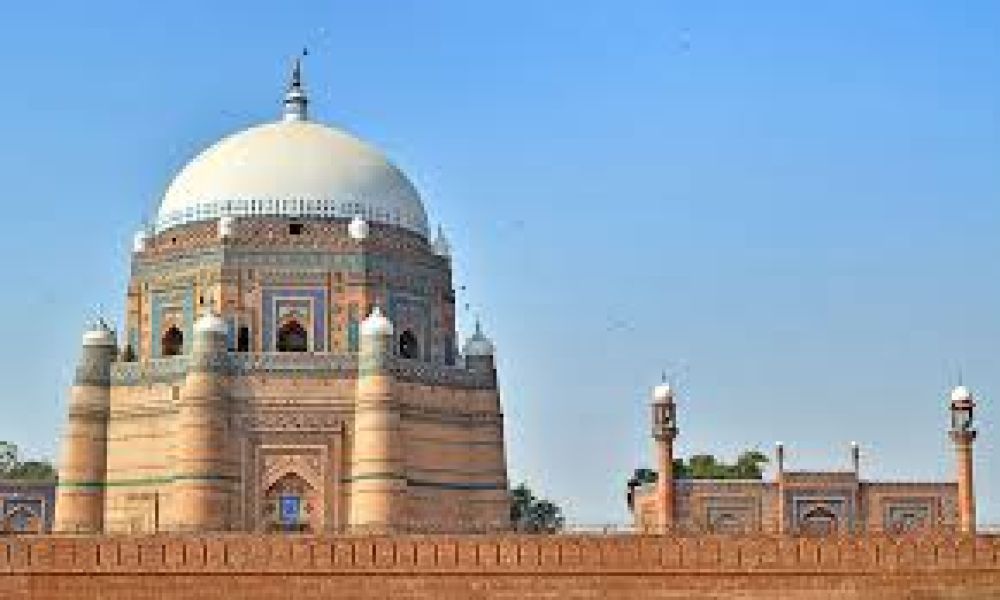

The city of Multan, often referred to as the 'City of Saints', has a rich history that dates back to antiquity. At its heart is the Multan Fort, a testament to the city's historical and strategic importance throughout the centuries. The fort's origins are shrouded in legend, with some accounts suggesting it was founded by the Hindu sage Kashyapa, and rebuilt by the Persian king Cyrus the Great, although concrete evidence is limited to much later periods.
Multan Fort has seen many rulers and dynasties come and go, from the Maurya Empire in the 4th century BCE to the Mughal Empire until the 1700s. Each era has left its mark on the fort's architecture and heritage. The fort was a center of Sufism and attracted pilgrims and scholars from across the Islamic world, hence contributing to the city's epithet. Its importance has always been due not only to its spiritual significance but also to its strategic location as a trading hub.
The British era marked a significant episode in the fort's history. The Siege of Multan in 1848-1849 was a key event in the Second Anglo-Sikh War, leading to the British annexation of the Punjab. Following the British victory, most of the fort was destroyed, with only a few structures like the impressive Damdama, the highest point of the fort, surviving. This event significantly altered the fort's legacy and physical structure.
Though tourism in Multan has never matched the levels seen in cities such as Lahore or Islamabad, it has been consistent due to the city's sacred shrines and rich history. The Tombs of the Sufi Saints, ornate mausoleums, and remains of the ancient fort contribute to Multan's cultural draw. Visitors often engage in pilgrimage tourism, coming to pay their respects at the shrines and to explore the antiquities of the fort.
In recent years, there has been a push to increase tourism in Multan, with the government taking steps to preserve and promote its historical sites. Today, Multan Fort is part of a larger complex including a museum which showcases the city’s rich heritage, from prehistoric times to the Mughal era and beyond. The trend in tourism has shifted towards cultural and heritage exploration, with visitors keen on delving into the region's history and the enduring legacy of Sufism.
The fort's vicinity now also benefits from improved facilities and access, making it more visitor-friendly. Tourism strategies now also include historical re-enactments and the use of modern technology such as 3D projections to bring the fort's history to life, engaging visitors in the storytelling of Multan’s vibrant past.
While Multan Fort may no longer be the formidable citadel it once was, its spiritual and cultural essence continues to captivate those who visit. The blend of tourism that includes history buffs, spiritual seekers, and cultural enthusiasts ensures that Multan, with its ancient fort, maintains a special place in the tapestry of Pakistan's destinations.